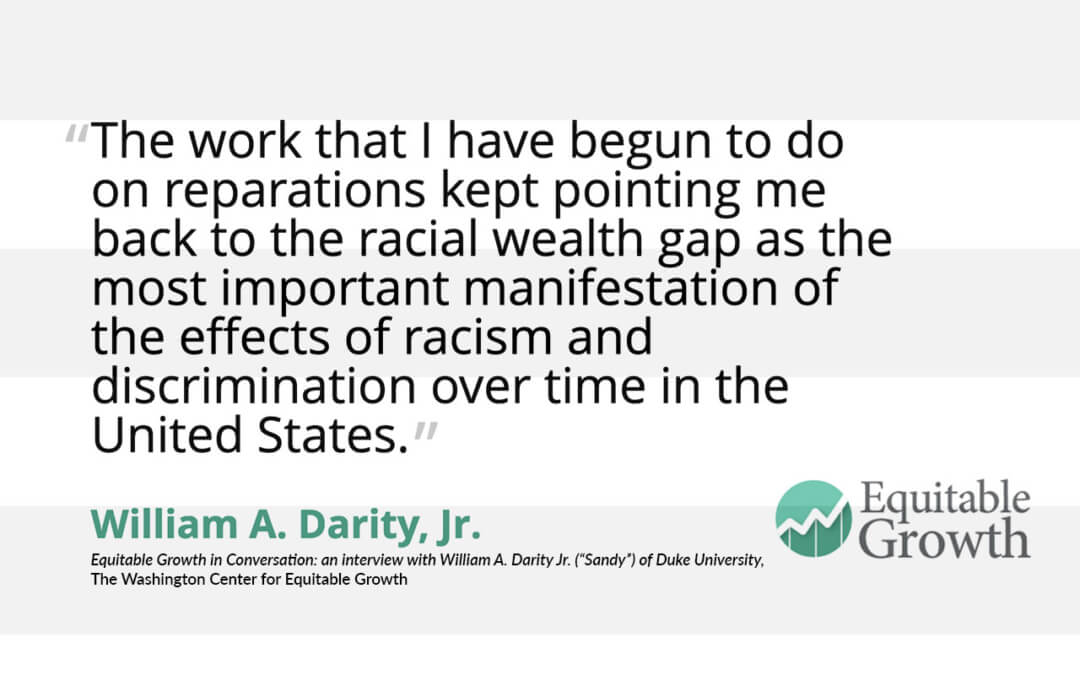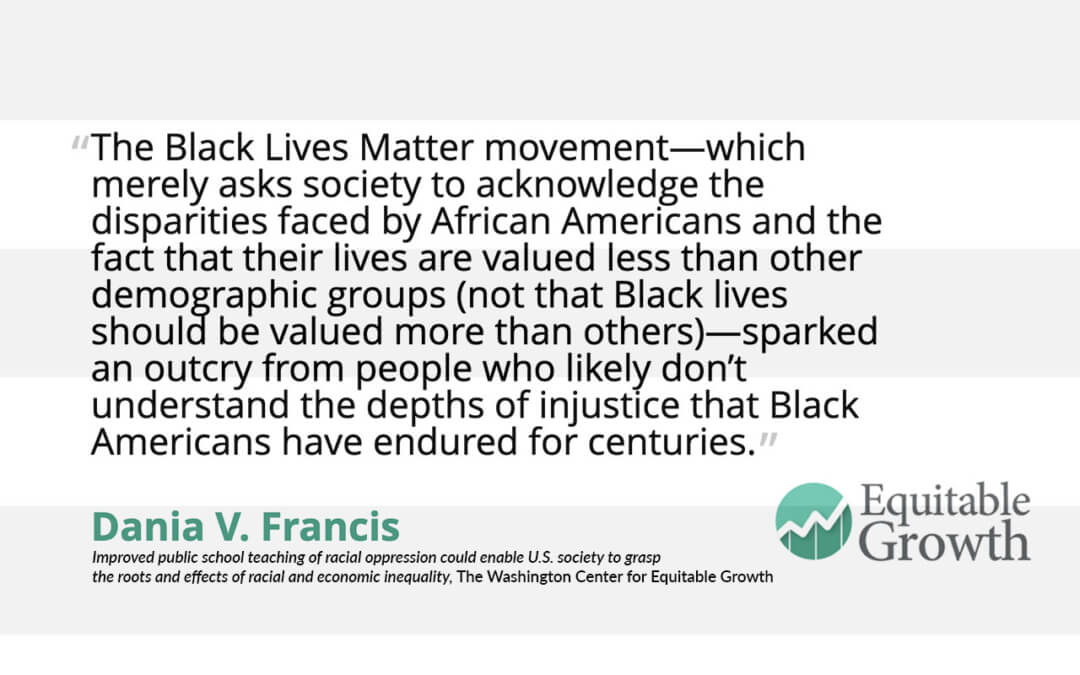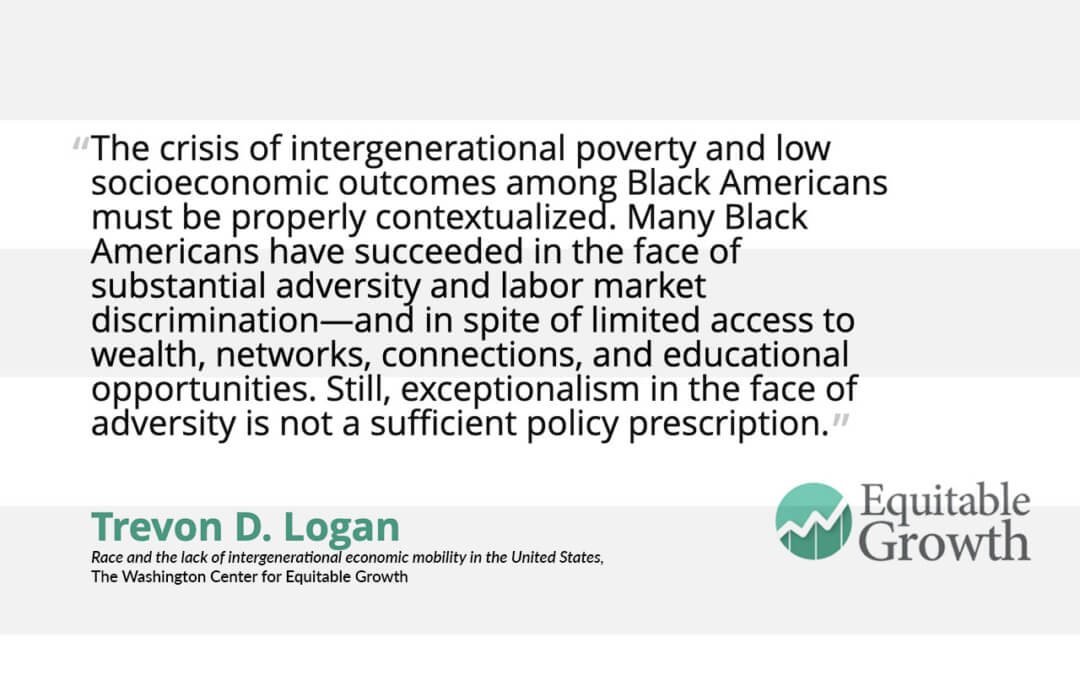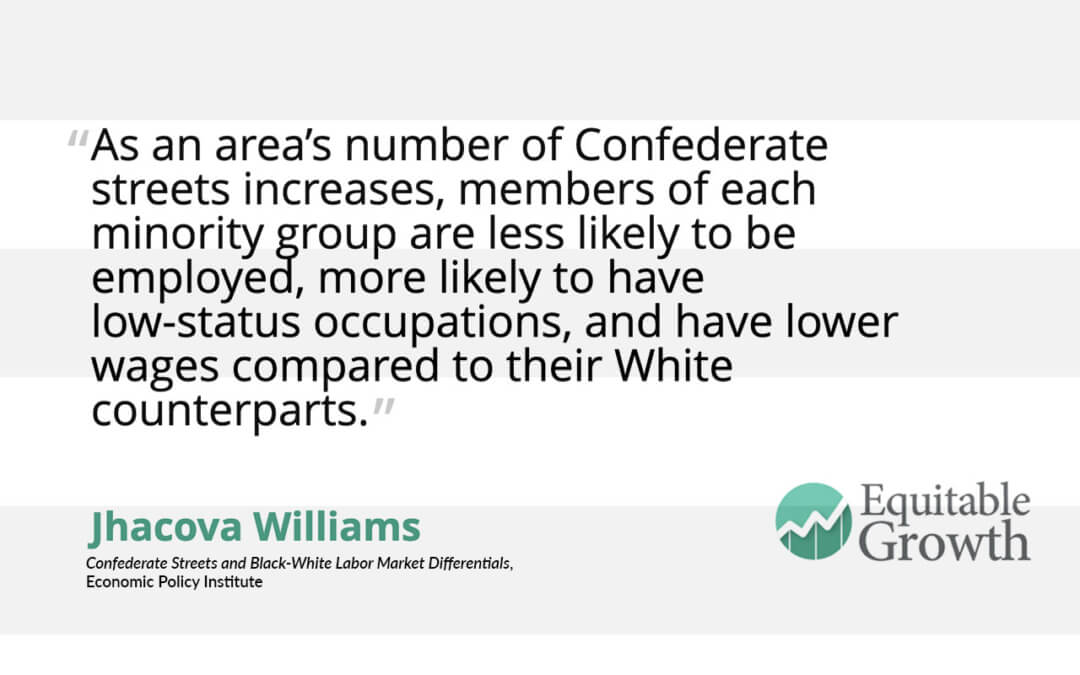In the wake of COVID-19 Scott L. Montgomery sketches the outlines of the world's plastic problem, providing some of its key details, and also some of the major challenges faced in dealing with it effectively.
In the midst of the global COVID-19 pandemic, massive changes in energy use have happened. Transport and oil demand have fallen, in some places dramatically. Many say this is temporary. China's oil use has nearly recovered, while other countries are relaxing restrictions. Some say car sales will die, others that electric vehicles will come alive, still others that airlines will be years in convalescence. Uncertainty reigns nearly everywhere. Not, however, in a domain of oil use often overlooked in climate discussions yet that is set to soar.
Overlooked, Not Hidden
Oil demand by the petrochemical industry has grown almost without pause since the late 1960s. Just this year, a massive new port opened in Texas nearly doubling US exports in the sector. The industry is the most energy-intensive in existence, and its core products—a wide variety of materials gathered under the title "plastics"—has increased in volume seven-fold over the last four decades, from 50 million tonnes in 1980 to 359 million tonnes in 2018.
The gods and mortals of chemical invention have been busy. New types of plastic and new applications for them have been a constant and a core part of growth. Such work has contributed directly to new consumer products from cellphones and laptops to CT scans and electric cars. In this sense, petroleum has come to penetrate societies worldwide far more than any other single resource besides air or water. To date, precious little in the realm of petrochemicals has come from non-fossil feedstocks, like biomass.
Plastic waste has drawn huge attention for necessary reasons. On the macro level, it forms choking masses in the oceans and ugly heaps in landfills everywhere, providing images that seem to threaten the interring of Earth's entire surface. At a micro level, it is everywhere—air, land, water, rain, snow, food, drink, bodies. That it returns to haunt our own interior seems a form of revenge, except that the same is true for so many other species too. Some plastic is naturally degradable, with the timing for this ranging from years to centuries. Yet in many cases, the products include toxins that themselves are more resistant. In all cases, however, waste is a product of use, therefore production, driven by demand.
Plastics begin with the production of several starting materials made from oil and, to a lesser extent, natural gas. Most important among these materials are the chemicals ethylene (C2H4) and propylene (C3H6), with the former responsible for a greater range of products. Both are produced mainly from oil. In 2019, the global market for ethylene was $222.1 billion, but annual revenues for finished products were well over three times as much. Since 2015, the ethylene market has grown at a compound annual rate of 5.25%. Expansion is forecast to continue at a somewhat lower pace of around 4%-4.5%, which would mean world production doubling by the mid-late 2030s. This closely tracks the overall rise in plastics production, which has greatly outpaced many other sectors of global industry, including aluminum, steel, and cement, since the 1990s.
Growth in Demand
Much of this growth is due to rising demand for products made from ethylene's main derivative, polyethylene. As its name suggests, this is created by linking ethylene units together into chains, which can vary in length from a few dozen to millions of units. Such huge variety supports a nearly equal diversity of plastic materials whose density, strength, durability, thermal conductivity, and other properties encourage applications in every sector of the modern economy. This means from industry and commerce to agriculture and construction, including electronics, solar panels, wind turbine rotors, toys, sports and medical equipment, cosmetics, eyewear, fabrics, insulation, yoga pants, packaging, and a great deal more (note: agrochemicals, fertilizers and pesticides, are not produced from ethylene but from other starting materials like ammonia, toluene, and benzene). At higher densities and strength, these plastics can even replace steel, e.g. in bone joint replacements. They are also specifically designed for unique projects that range from thin films in scientific research to body armor, airplane wings, and building materials.
In blunt but realistic terms, there is no area of modern life where plastics haven't found use. Reasons for this are many but have a great deal to do with the immensely diverse and adaptive capabilities offered by this realm of human invention. It is neither an accident nor an oversight that plastic is used today to make cars lighter, safer, and more fuel efficient and to have a key part in every kind of "clean" technology, from lithium-ion batteries to LEDs (and, as noted above, renewable energy technologies as well). It is a point to be noted. Ridding the world of plastics does not appear a realistic option, any more than blithe acceptance of the waste problem.
Global demand for plastic worldwide, meanwhile, has been geographically shifting. According to recent analyses, such demand until the last decade was largely concentrated in Europe and North America. It has more recently moved to Asia and is expanding elsewhere. Wealthy nations currently make much greater use of plastic materials than developing countries, yet those with strong economic growth are rapidly catching up. Present and future demand growth are estimated to be highest in nations with rising incomes and a rapidly swelling middle class. This includes nations like China, India, Thailand, Vietnam, Indonesia, Turkey, Saudi Arabia, Brazil, Chile, and Peru, among others. Demand has also been growing in sub-Saharan Africa, which is likely to a major new center of use by mid-century.
Expanding plastic use correlates quite closely with more modern lifestyles and also technological development. This is especially true in areas like electronics, private vehicles, new housing, advanced medical care, and consumer goods in general. Over time, that is, plastic has come to progressively replace wood, metal, glass, and stone, which are heavier, less resilient, and often more expensive. Another important change furthering plastic demand has been food packaging, as populations with more income expand their diet from exclusively local foodstuffs to more diverse, transported, and increasingly imported items.
Regarding oil, this suggests a big change might be in the wind. Analysts today speak regularly about a coming peak in oil demand. Some say it may have already arrived with the pandemic. Either way, it will be aided by near-term increases in transport fuel economy and the spread of electric vehicles. Such a scenario would mean that oil's real future lies with chemicals, not fuels. Would this be a good thing? In one sense, yes. The world wouldn't be burning so much petroleum. But like so much else in the energy domain, the final answer is not so clear.
Double Role of Oil
Ethylene is mainly produced from oil. Petrochemicals account for as much as 14% of global oil demand, a major amount, due to the double use of oil as a raw material for ethylene and a fuel for the combustion-related reactions that produce it. Indeed, 14% is no trickle, especially when considering forecasts showing this level could double in the next 2-3 decades. According to the International Energy Agency (IEA), petrochemicals "are rapidly becoming the largest driver of global oil demand." Between now and 2030, they are expected to increase the need for oil more than any other use sector.
Two major feedstocks from oil are especially important for making ethylene: naphtha, a fairly light hydrocarbon (C5-6H6-12) produced during crude oil refining; and ethane (C2H6) , a secondary component in natural gas and one of several Natural Gas Liquids (NGL; such gases also include butane, propane, and pentane, among some others). Naphtha has been increasingly generated by new refineries located in the Middle East and Northeast Asia. China, however, has been replacing some of its oil-derived naphtha with that from coal, which it has in abundance.
North America, on the other hand, is the world's largest ethane producer. This feedstock was previously in limited supply but has exploded in abundance due to NGLs coming from the surge in shale oil and gas due to the fracking revolution. As it is cheaper to make ethylene from ethane, the US is becoming a highly competitive exporter, and hundreds of $billion has gone toward investing in new petrochemical facilities to become operational over the next 10-15 years. Here, there are real problems of pollution and impacts on nearby populations. It is not without reason or despair that a portion of the lower Mississippi River south of Baton Rouge is well-known as Cancer Alley. In this area, where more than 200 industrial facilities already exist, Shell and the Taiwanese company Formosa have applied to build two of the largest petrochemical plants in this area's history, at $6 billion in the first case and $9.4 billion in the second.
Both of these projects will include "crackers." This kind of facility is the most energy intensive (fuel consuming) part of a petrochemical complex. It includes a row of furnaces that heat the naphtha or ethane (or other feedstock) in the presence of steam to a temperature of 750-850 deg. C, where chemical bonds break, or "crack," yielding new molecules, including ethylene. Cracking furnaces use significant amounts of water for steam, which prevents the formation of carbon-rich deposits, or coke, from the reaction. They also burn large amounts of hydrocarbon fuel, liquid or gas, giving oil a double role as a source of both feedstock and fuel.
The combustion process and steam reaction, together with flaring of unwanted gas fractions, create emissions of CO2 nitrous oxides (NOx), and volatile organic compounds (VOCs). Improvements in efficiency and other technological aspects have reduced such emissions, but release of CO2 remains high. In 2018-19, carbon emissions were around 0.9 gigatonnes (Gt), a figure projected to rise rapidly with expanding plastics demand unless methods of carbon capture and storage are introduced. Were this figure to double by the 2030s, as forecast, it would approximately equal the CO2 emissions from the entire aviation sector (pre-pandemic). Were it to triple, it would exceed the 2.4 Gt of all medium- and heavy-duty trucks.
At present, oil is playing yet another part in the advance of petrochemicals. This has to do with its low price and large over-supply on the global market. Part of this is due to the astounding surge in U.S. production, again due to shale development, but it has also been built by rises in output from Iraq, Saudi Arabia, and Russia. The result—which has been true during the pandemic—is to make naphtha and oil-derived NGL especially cheap. These lower costs coupled with demand growth described above have given companies much reason to invest in new plants. As many as 470 projects are at various stages in 2020, with the largest number in the Asia-Pacific (mostly China), U.S., Russia, and the Middle East (Saudi Arabia, Egypt), but others in Africa (Nigeria), Latin America (Brazil), and Western Europe (Netherlands). Some in the industry (and many observers) are worried that all this new investment will create excess capacity and bring a price crash. Readers here, however, might find such massive expansion daunting for other reasons.
Waste Not, Want More
With the above realities understood, it makes sense to deal more directly with the waste problem. There's little doubt that this represents a young elephant now in the room that threatens to grow up fast. There is some good news here however, and some other news.
On the good side, the petrochemical industry has come to appreciate the power of imagery. This includes a stretch of beach heaped with containers, tubes, and plastic nets; a dead pelican its belly burst open with colorful lids and lighters; or a mountainous landfill of bottles and bags crawled over by birds and half-clad boys. The industry understands such views give it a dark halo in the public eye. If discussion at a recent Global Plastics Summit be any indication, industry leaders know things have to change. As described by one observer, ideas of a "circular economy" with "attention towards environmental concerns has created significant challenges and opportunities…across the globe."
Then there are the key facts, the "other news," summarized in two important studies. The first is an oft-mentioned paper in Nature, revealing that the Great Pacific Garbage Patch (largest in existence), located between the U.S. mainland and Hawaii, is roughly 1.6 million km2 in size, i.e. France, Spain, Germany, and the UK combined. While some portion may break down under the combined effect of sunlight and saltwater, the i product will be microparticles suspended in the water column and deposited on the sea floor, thereby gaining a higher probability of becoming part of food webs. The second study appeared in Science and calculated that only about 9% of all plastic produced by 2015 had been recycled. Another 12% had been incinerated, adding to toxic fumes and carbon emissions and the remaining 79% sent to landfills or litter.
The Science study is troubling for several reasons. Common claims are that 20% - 25% of all plastic is recycled in advanced countries (more in Europe!). In many Western cities, we have grown happily accustomed to seeing green-colored garbage trucks come to collect our urban waste, including plastic items, every week. But, in fact, this is often a mask. Up to half of plastic waste collected by recycle programs ends up being sold to developing countries—particularly China, Indonesia, Malaysia, Vietnam, Thailand, Bangladesh, and Turkey, where it is mostly put into landfills or incinerated. Further behind the scenes, moreover, lies a black market trade in plastic waste, one that has been greatly expanded since China stopped accepting most foreign plastic waste in 2018, reportedly because it can no longer do this while dealing with the rising volume of its own waste. China's precedent has been partly followed by other countries, like Malaysia, Thailand, and Vietnam. This has meant the shifting of waste to poorer nations, like Cambodia, Laos, and Ethiopia. In all of these places, environmental rules tend to be fewer and much less enforced than in wealthy nations.
Observations and Conclusions
In view of the above facts and realities, there are a number of points that can be made about the status of the world's plastic dilemma at present.
- The current mantra of "reduce, reuse, and recycle" tends to place responsibility on the consumer, so will not solve the problem. Yet it does highlight the "circular economy" idea, which seeks to keep materials and products in use, restricting creation of waste.
- Bans against certain plastics (e.g. single-use bags) can be helpful though not a solution. If widespread and combined with regulation, bans may pressure companies to reduce such forms. Calling for less plastic overall, however, is unlikely to succeed given the scale of rising demand in developing countries.
- Reuse is a sensible and feasible element to control waste in some forms, e.g. containers and bottles. Industry must be involved to better design these forms for safe, repeated use. This requires incentives and, possibly, regulations.
- Most plastic cannot be recycled using mainstream technology. This is true for any plastic contaminated by food, dyes, glue, glass, or other substances (most packaging, sports equipment, toys, etc.). Due to low oil prices, recycling facilities have struggled in most wealthy nations and have not greatly affected the plastic waste stream.
- Molecular ("advanced") recycling reduces plastic back to its original feedstock (e.g. ethylene) and is viewed by many in industry as essential to dealing with waste. Such recycling, utilizing present and emerging technologies, faces a number of challenges—technical, logistical, economic—that keep it from large-scale use.
- Use of bio- or "renewable" feedstocks represent a possible solution for certain plastics, able to reduce both waste and emissions. So-called "green plastics" currently have limitations, such as less durability (2-5 year shelf life) and higher cost. They cannot now replace petro-plastics but are advancing and, by 2019, were 3% of the global market.
- There exists an important, unresolved debate between burying waste to sequester its carbon and incinerating it to generate electricity or district heating. If the first option does little for the waste dilemma, the second can release dioxins and makes climate sense only with carbon capture & storage (CCS), currently non-commercial. Europe reportedly incinerates 42% of its plastic waste, the U.S. 12.5%
- Though the petrochemical industry does understand the waste and emissions problems, it seems to lack the needed incentives to make major changes and pursue opportunities that would improve sustainability. This is partly because the industry remains highly fragmented, unguided by consistent or international standards, and reluctant to take on new areas of cost that might impact competitiveness.
- The company or companies that do successfully evolve toward more sustainable production of plastics stand to gain an enormous competitive edge. A key part of this involves transforming waste into raw material, thereby lowering demand for virgin plastic, reducing emissions, and advancing the circular economy.
- Solving the waste problem will require much R&D investment. Though current thinking would leave this to industry, there are strong arguments for public-private partnership. The problem affects people and the natural world directly. Good stewardship of the environment and climate is fully shared by government and industry.
These conclusions are far from the final word on this pressing subject. I have tried, instead, to sketch the outlines of the problem, some of its key details, and also some of the major challenges faced in dealing with it effectively. I have left out important realities, those dealing with the political dimensions, industry culture, the realm of accusations and claims-making, and more. There's no doubt that the struggles and battles being fought here reflect those in other areas of fossil fuel use. But they are different, too, in that the reality of all the materials and products gathered under the word "plastic" are now commensurate with daily life in modern societies everywhere. The transformations needed here are as profound as any needed in the face of growing climate impacts.
Scott L. Montgomery is an author, geoscientist, and affiliate faculty member in the Jackson School of International Studies, University of Washington, Seattle. He has 25 years' experience in the energy industry, where he worked on projects in many parts of the world. His many technical publications include papers, monographs, articles, and textbooks, mainly focused on cutting edge hydrocarbon plays, technologies, related impacts and issues.
-- via my feedly newsfeed




